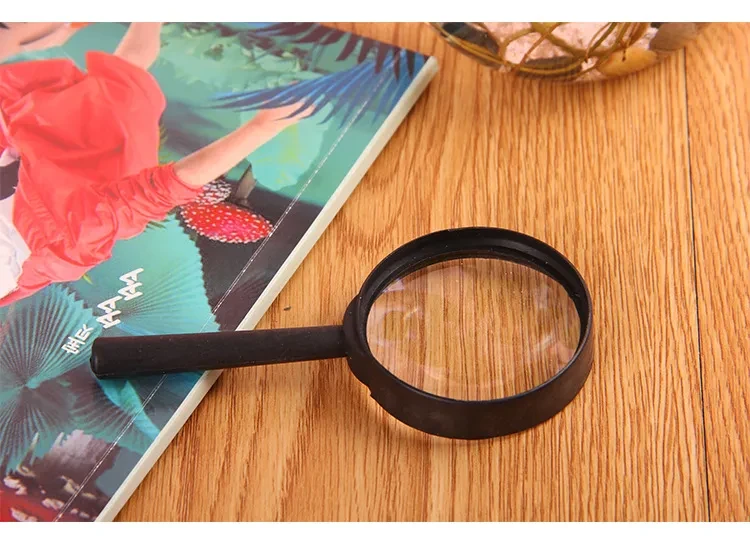
.webp)
Magnifying Glass Science Experiments
Magnifying Glass Science Experiments – Ignite Young Minds with Hands-On Discovery
There’s something magical about seeing the world up close—really close. For children and curious learners of all ages, magnifying glass science experiments open a gateway to exploration, observation, and hands-on learning. Whether it’s examining the intricate patterns of a leaf, observing insects in your backyard, or discovering how sunlight bends through a lens, a magnifying glass transforms the ordinary into something extraordinary.
In New Zealand, where nature is at our doorstep and curiosity thrives in every classroom and home, magnifying glass science experiments are a brilliant way to engage young minds in active learning. These simple tools encourage critical thinking, sensory exploration, and scientific thinking—all while having fun.
Why Use a Magnifying Glass for Science Experiments?
A magnifying glass may seem like a simple tool, but it’s one of the most effective ways to introduce children (and adults!) to the fascinating world of science. It brings detail into focus, inspires questions, and promotes active observation—all core pillars of the scientific method.
Using a magnifying glass helps learners:
- Observe textures, shapes, and patterns with greater clarity
- Learn about light refraction and magnification
- Understand the structure of natural objects like plants, rocks, and insects
- Engage with nature and everyday objects through a scientific lens
- Build patience, focus, and attention to detail
These are foundational skills not only for science learning but for lifelong curiosity and problem-solving.
Great for Home, School, and Outdoors
Magnifying glass experiments can happen anywhere. In your backyard, kids can examine bugs, feathers, shells, or flower petals. Indoors, they might study fabrics, printed materials, or even grains of sugar and salt. In the classroom, magnifying glasses are perfect for STEM lessons, group projects, and independent discovery.
Imagine a weekend trip to the beach or the bush—you pack a magnifying glass in your day bag, and suddenly a walk turns into an interactive science safari. Sand, bark, moss, shells—each becomes a tiny universe waiting to be explored.
In the home, magnifying glass science activities are a fun alternative to screen time. They’re simple, unplugged, and spark meaningful conversations between parents and kids about what they see and discover together.
Types of Experiments You Can Do
There’s no shortage of fun and educational experiments to try with a magnifying glass. Here are just a few ideas to inspire your next science adventure:
- Insect Safari – Observe the legs, antennae, and wings of insects up close (be sure to release them after).
- Plant Anatomy – Study the veins of a leaf, the fuzz on a stem, or the texture of bark.
- Miniature Rock Study – Look for crystals or grains in different types of stones.
-
Sunlight and Focus – (With adult supervision only) use a magnifying glass to concentrate sunlight and learn about how
lenses focus energy.
- Texture Comparison – Compare different surfaces like cotton, denim, wood, or paper.
- Printed Ink Patterns – Look at magazine or newspaper text to see how ink dots create colour and shape.
These activities don’t require expensive equipment or elaborate setups—just a curious mind and a good magnifying glass.
Perfect for All Ages
While younger children will love the simplicity and excitement of “big picture” discoveries, older students can take it further by recording observations, drawing detailed sketches, or forming hypotheses based on what they see. A magnifying glass is one of those rare tools that grow with the learner.
Even adults can find joy in slowing down and seeing the beauty of everyday items under magnification. From hobbies like stamp collecting or jewellery making to gardening and rockhounding, there are plenty of reasons for people of all ages to keep a magnifying glass nearby.
Encouraging Kiwi Kids to Explore
In Aotearoa, we’re lucky to be surrounded by diverse environments—from coastlines to native forests to volcanic fields. A magnifying glass makes all of these natural spaces even more interesting. Whether your child is studying bugs in the backyard or taking part in a school science fair, a magnifying glass experiment builds real-world knowledge in a hands-on way.
And because these experiments are affordable and easy to organise, they’re a perfect option for early childhood education centres, homeschoolers, or parents wanting to extend learning outside the classroom.
Low-Tech, High Impact Learning
In an age of devices and digital distractions, magnifying glass experiments are refreshingly simple. They encourage kids to look up, look around, and engage with their world. No batteries, no screens—just eyes, hands, and curiosity.
This kind of low-tech, high-impact learning is something many Kiwi parents and teachers value. It teaches children to slow down, notice things, and think like scientists—all while having fun.
The Gift of Discovery
Looking for a unique gift for a curious child? A magnifying glass bundled with a nature journal, bug-catching kit, or science book makes a fantastic present that will actually get used—and remembered.
It’s not just a toy; it’s a tool that opens the door to a deeper understanding of the world. Whether it sparks a lifelong interest in science or simply creates some special moments outdoors, a magnifying glass is a gift that keeps on giving.
Name: Magnifying glass
Item No.: D017
Introduction:
There is a slight error in measuring the size manually, and the actual product shall prevail.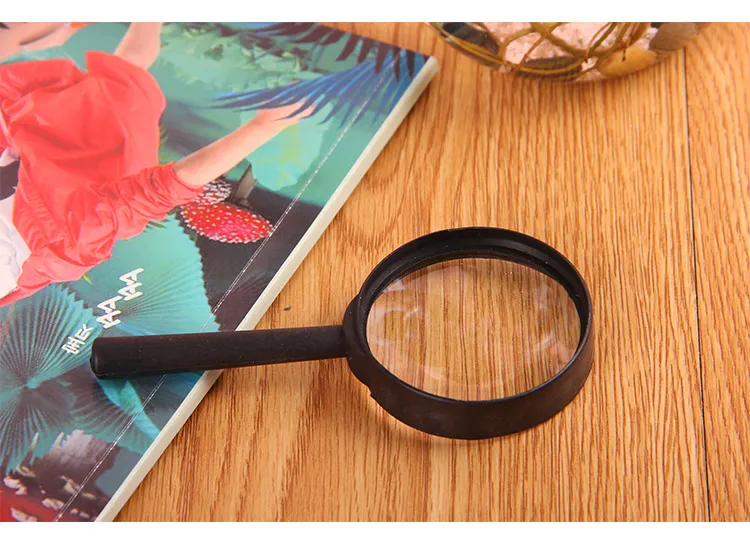
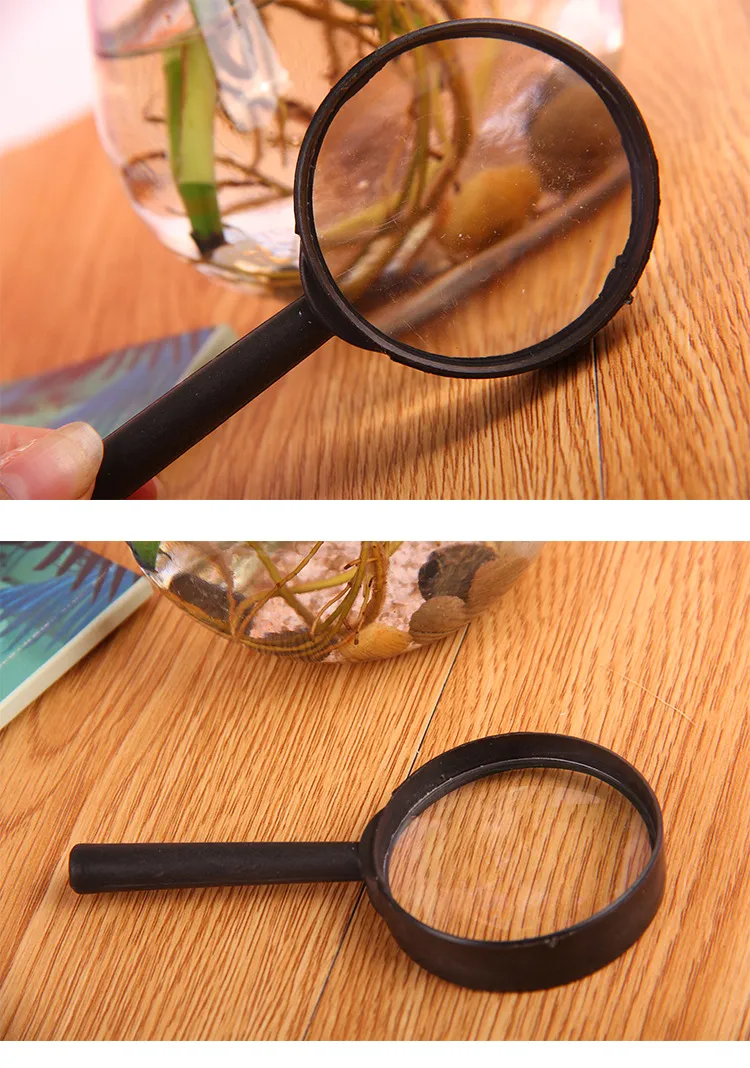
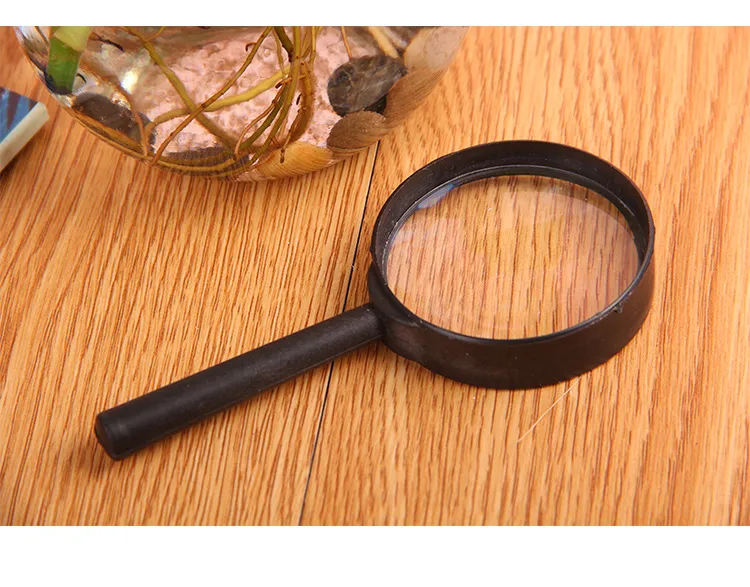
The product may be provided by a different brand of comparable quality.
The actual product may vary slightly from the image shown.
Shop amazing plants at The Node – a top destination for plant lovers

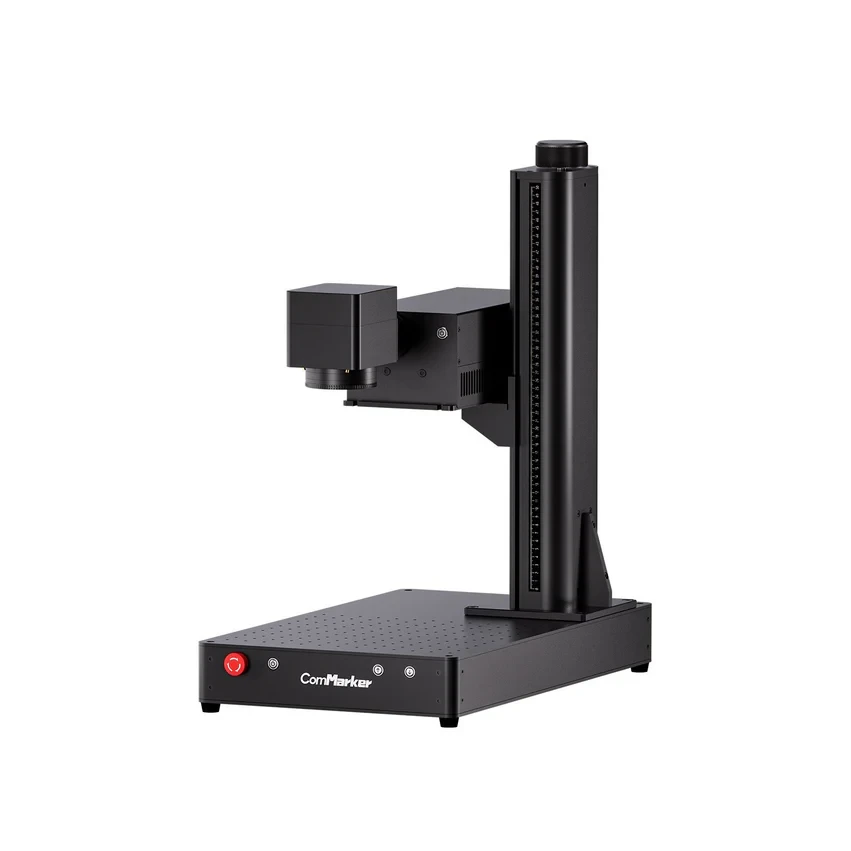
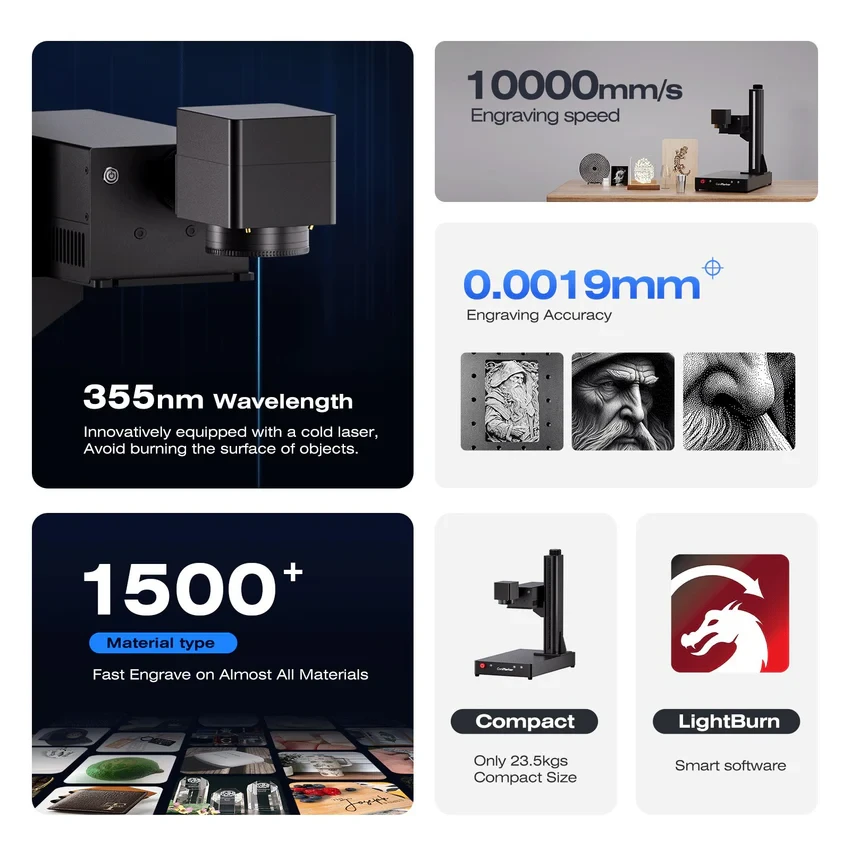
.webp)
.webp)

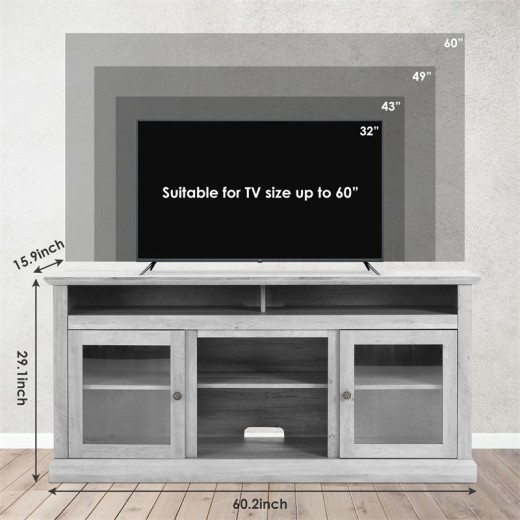
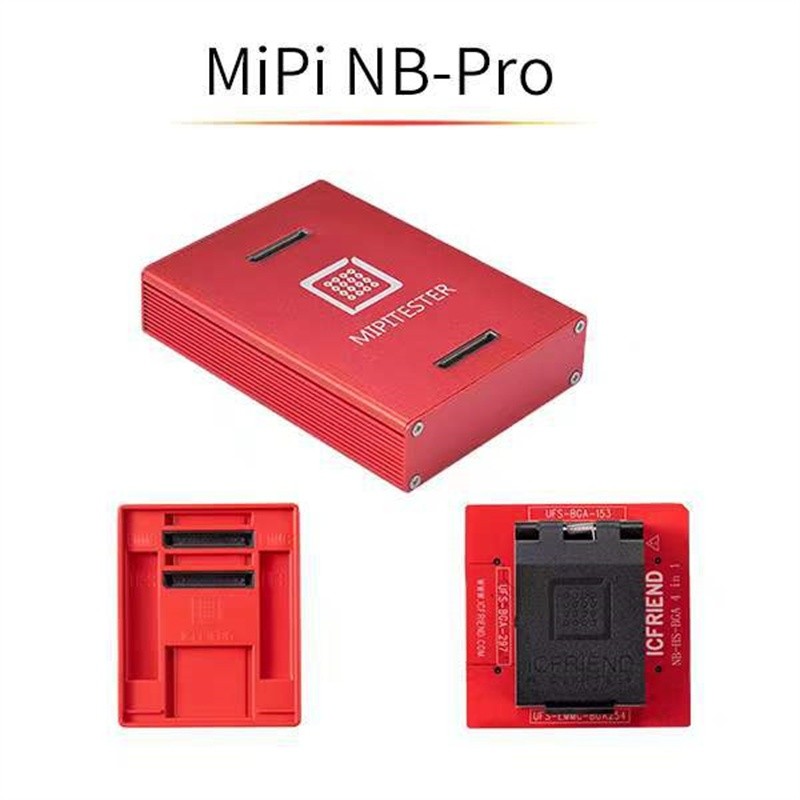
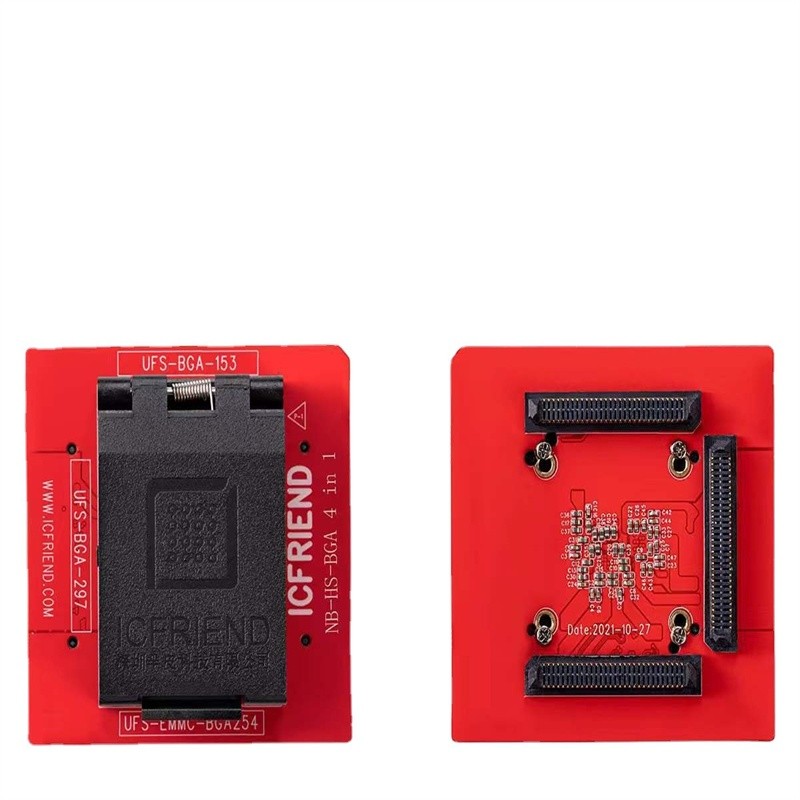
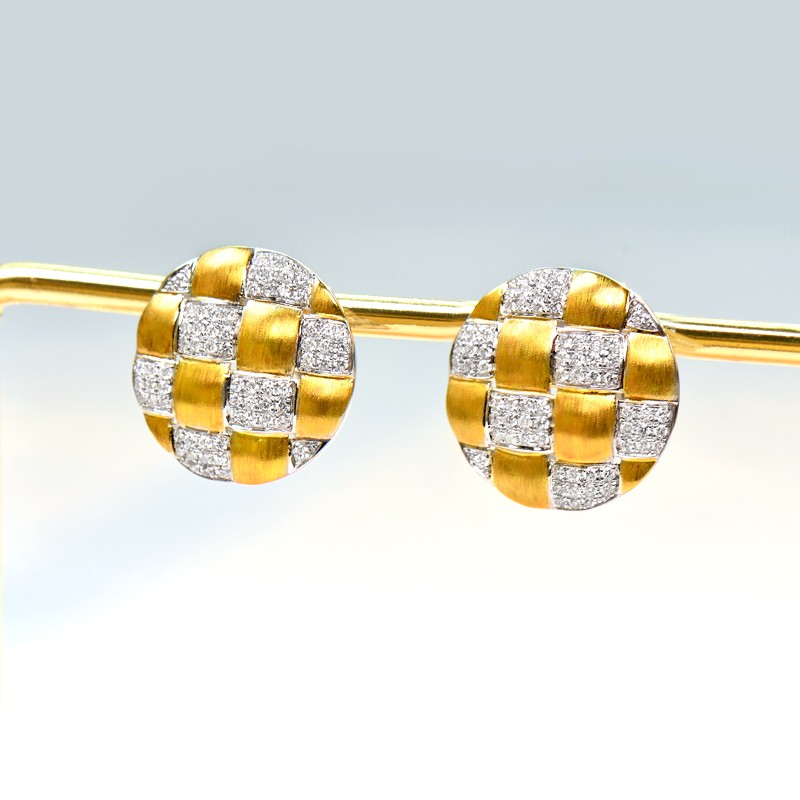
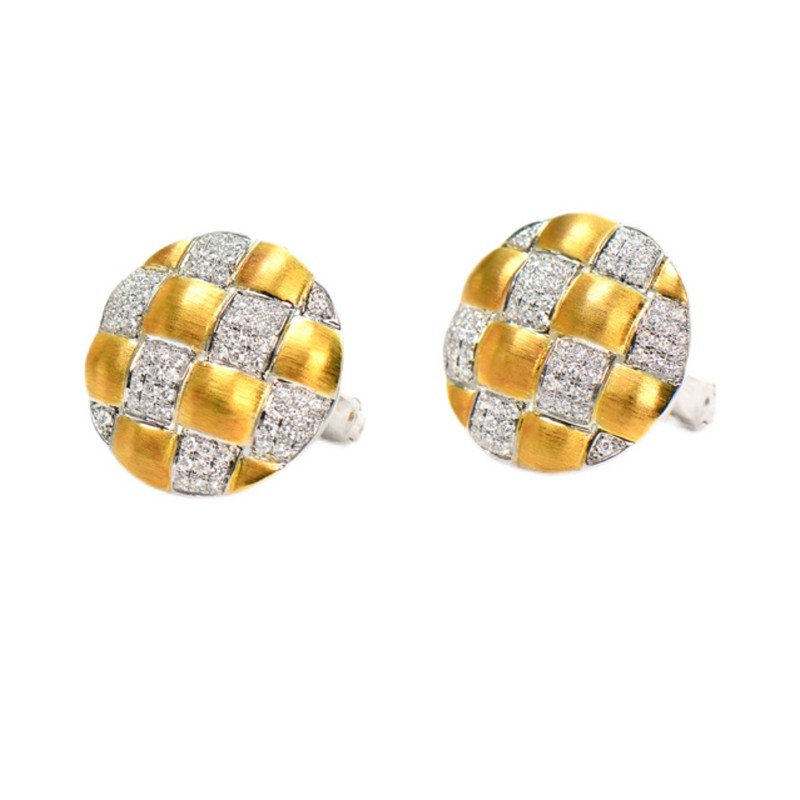
.webp)
.webp)

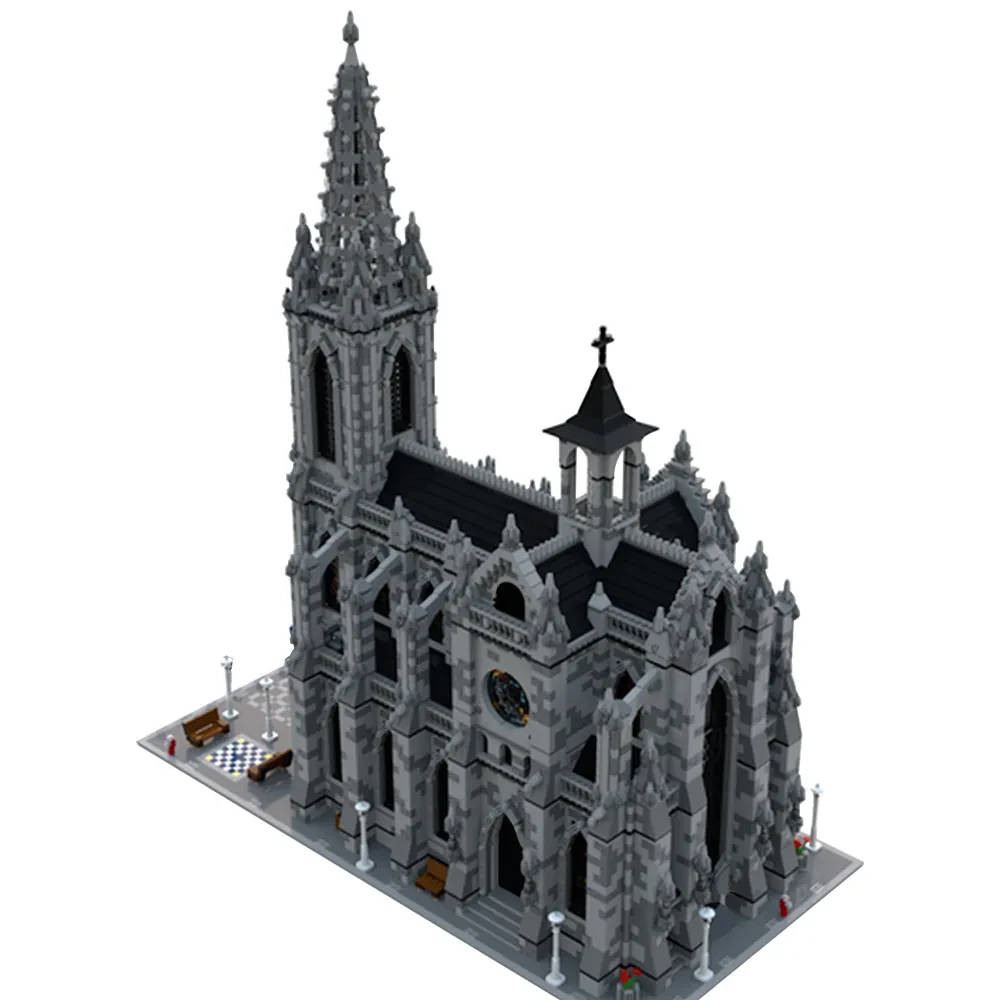

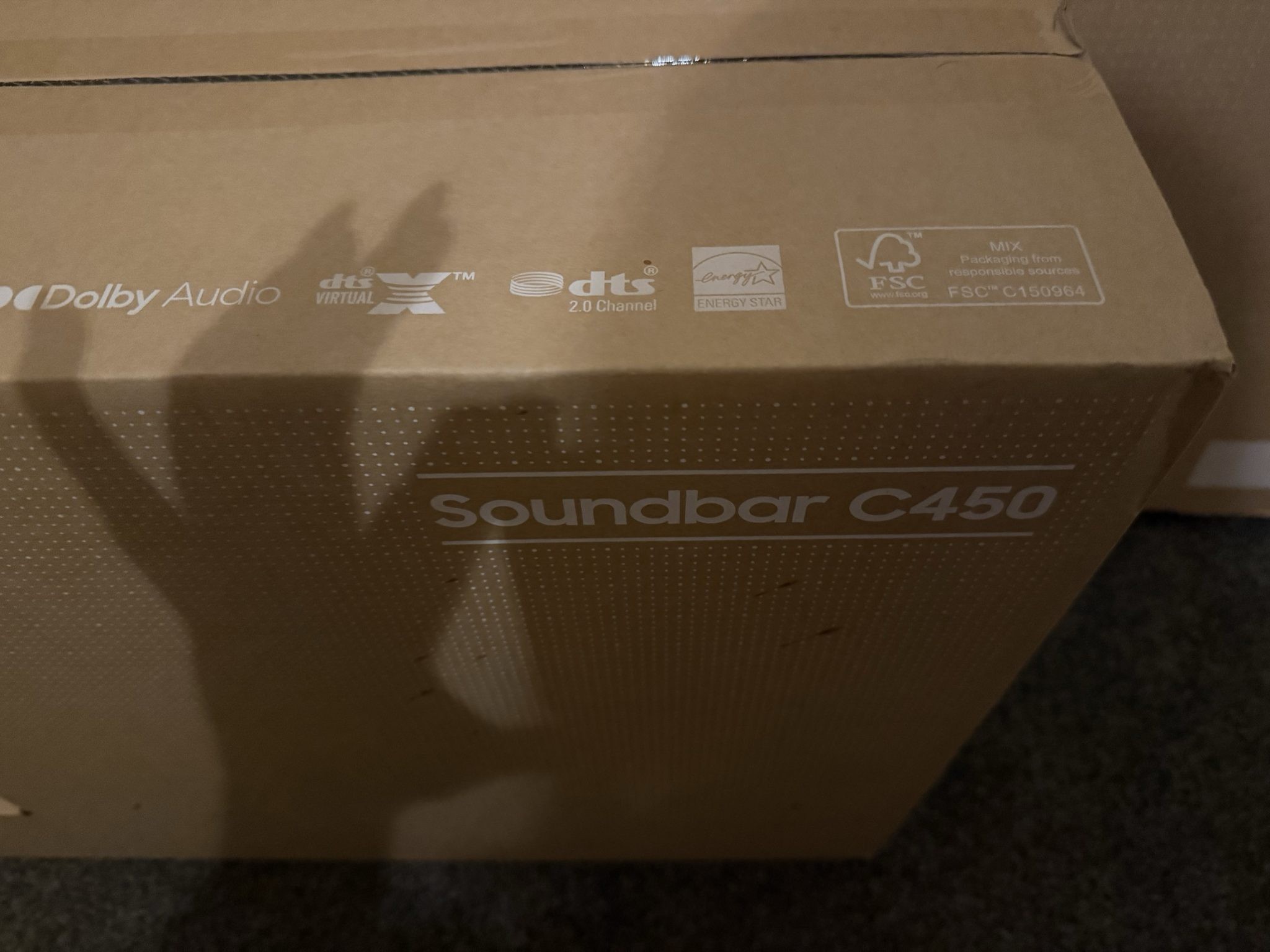









.jpg)























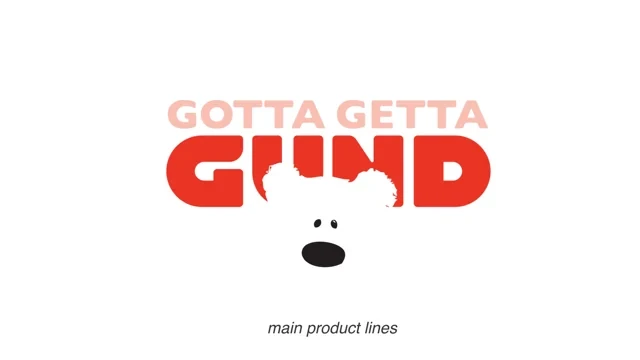
























ulva-Logo.jpg)
